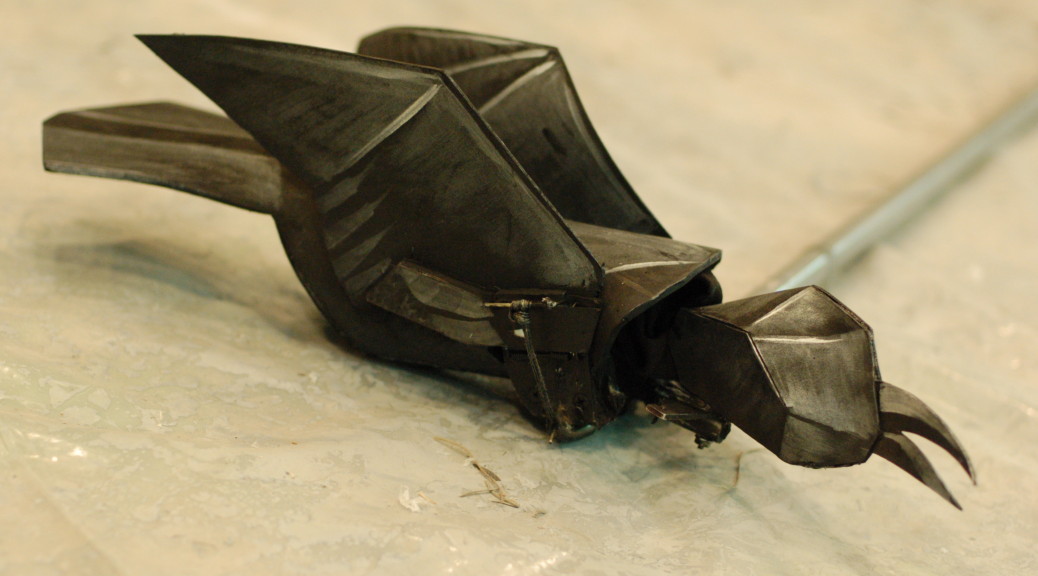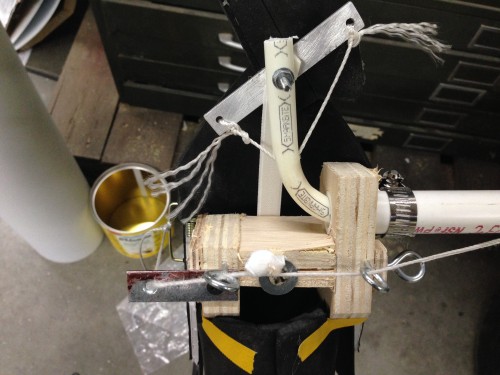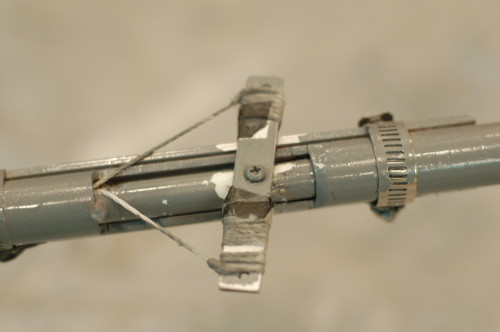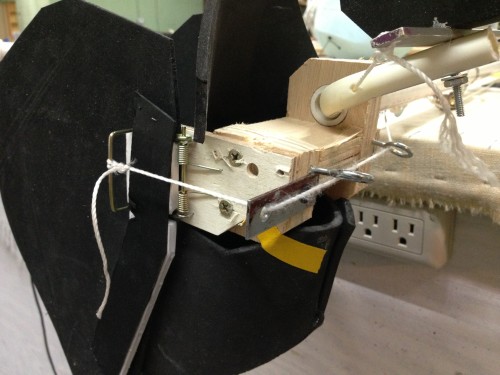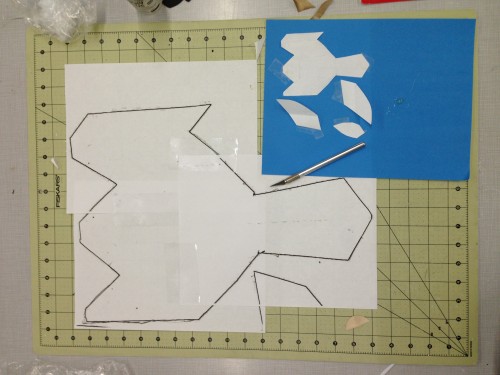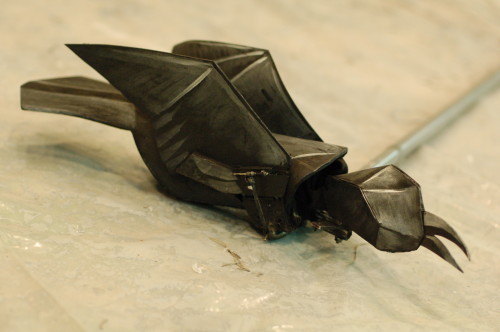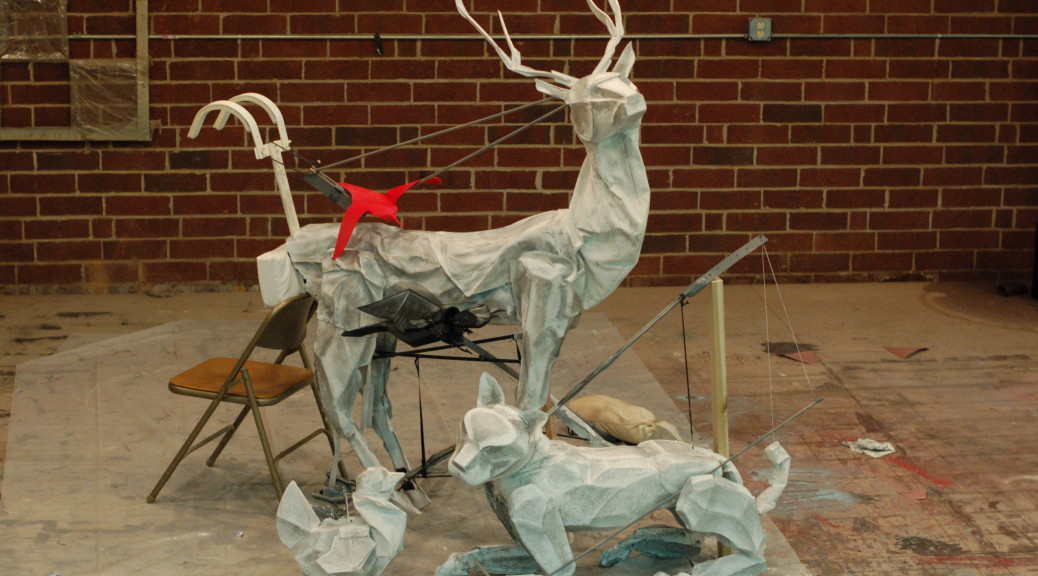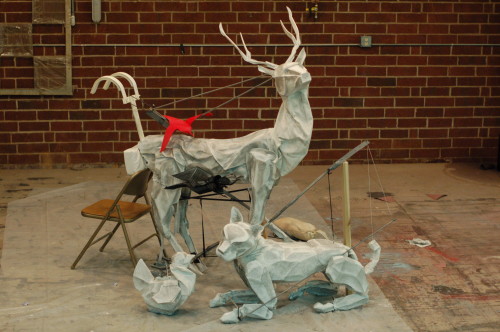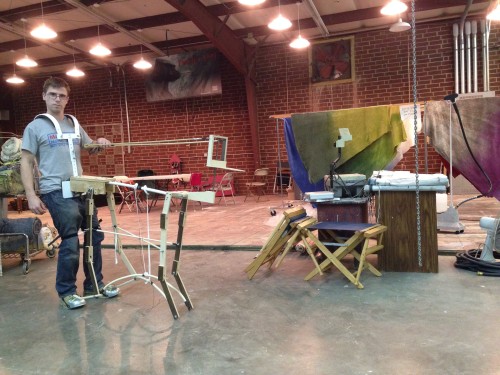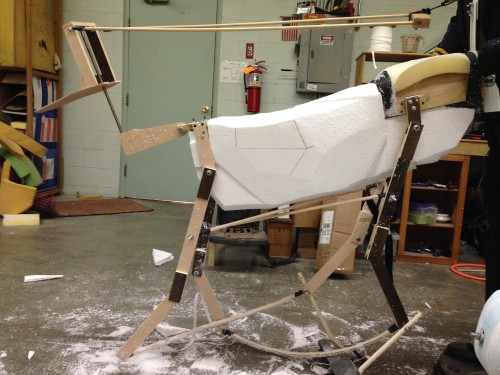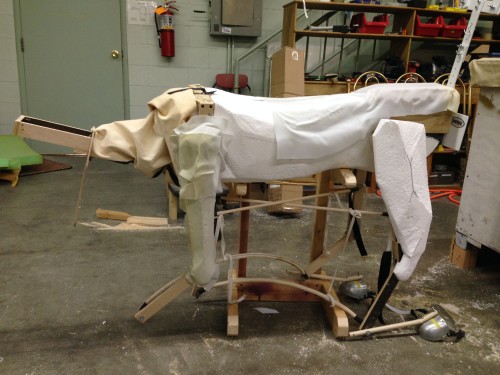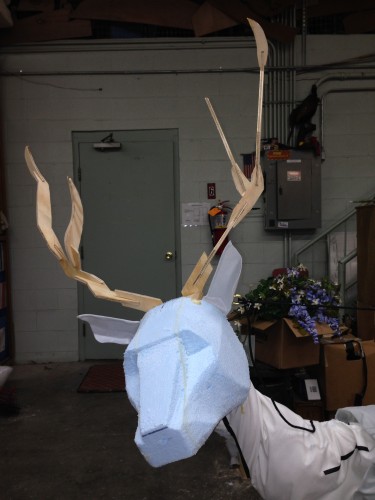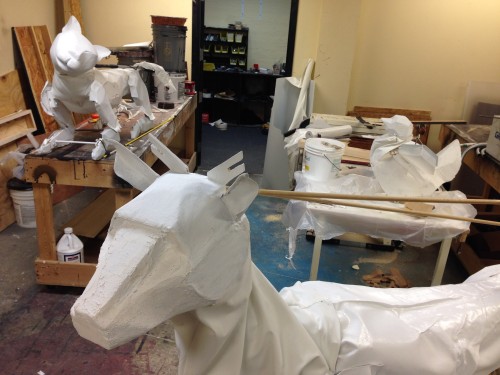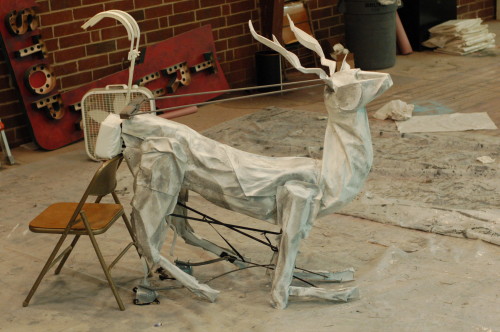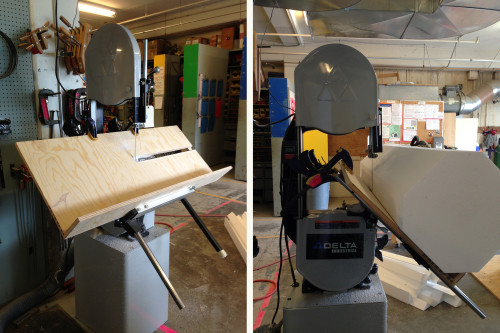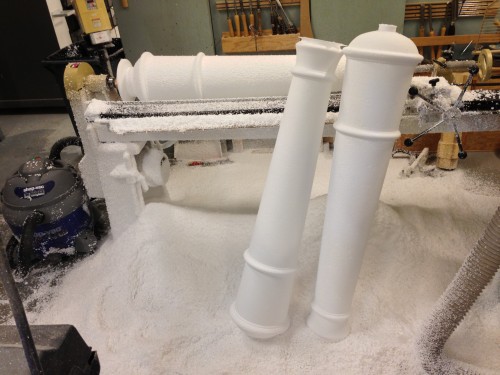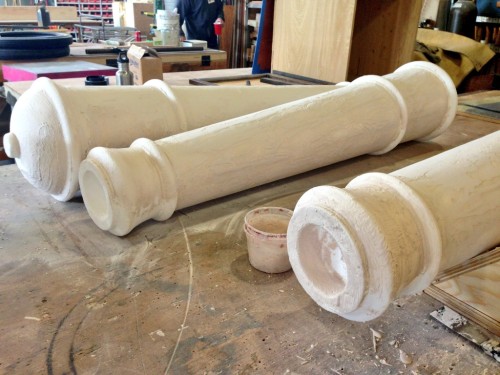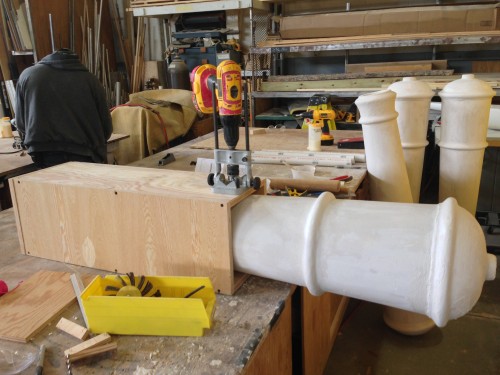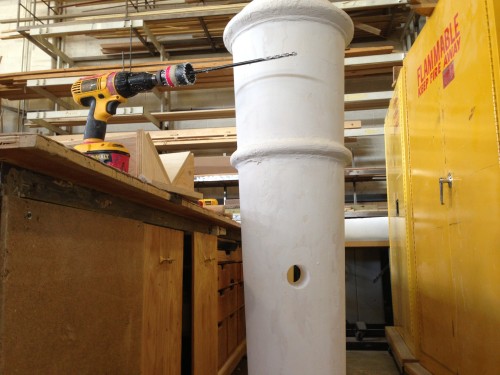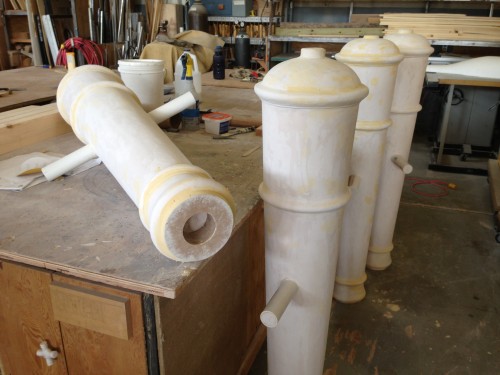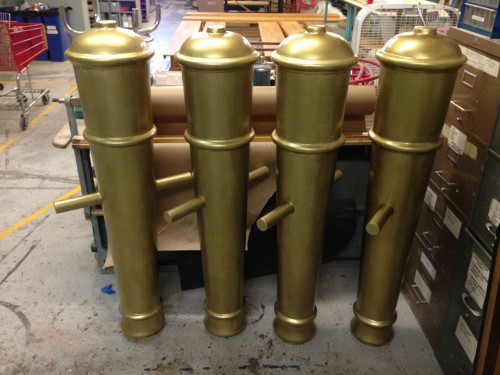David Neat starts us off with making smooth shapes from Styrofoam. He’s dealing with the real-deal Styrofoam here, not that white bead foam stuff. And sure, this article is over a year old, but it has some really useful techniques.
Bill Doran has a helpful video on adding rust to your props. Ninety percent of the time when I show a completed prop to a designer, they say, “that’s great… once we age it down a bit.” Knowing how to weather, age, distress or generally tone down props is an essential skill for a props person, and adding rust is one of the ways to do this.
Make Magazine takes a look at some Maker-Friendly hardware stores from around the US. It’s a fascinating look at the vast array of materials a store might choose to stock, as well as a sobering reminder of how awesome hardware stores used to be to those of us whose only local options are Lowes and Home Depot.
I covered some basic stitching for fabric in my Prop Building Guidebook, but if you get into embroidery and ornamental stitching, there is a whole other world of ways to manipulate needle and thread. Tipnut has some great vintage illustrations of ornamental borders and the basic stitches to make them happen.  It’s a relaxing project for when you are bored in tech and the designer wants the napkins to be “fancier”.
Finally, here is an article called “The Most Important Lessons in Woodworking“. Robert Lang uses his experience cutting plugs as a lesson in woodworking in general, and I think this lesson can be expanded out to prop making in general. It’s not just about how to use specific tools or techniques, but how to approach your whole project in the most efficient and easiest manner possible.

